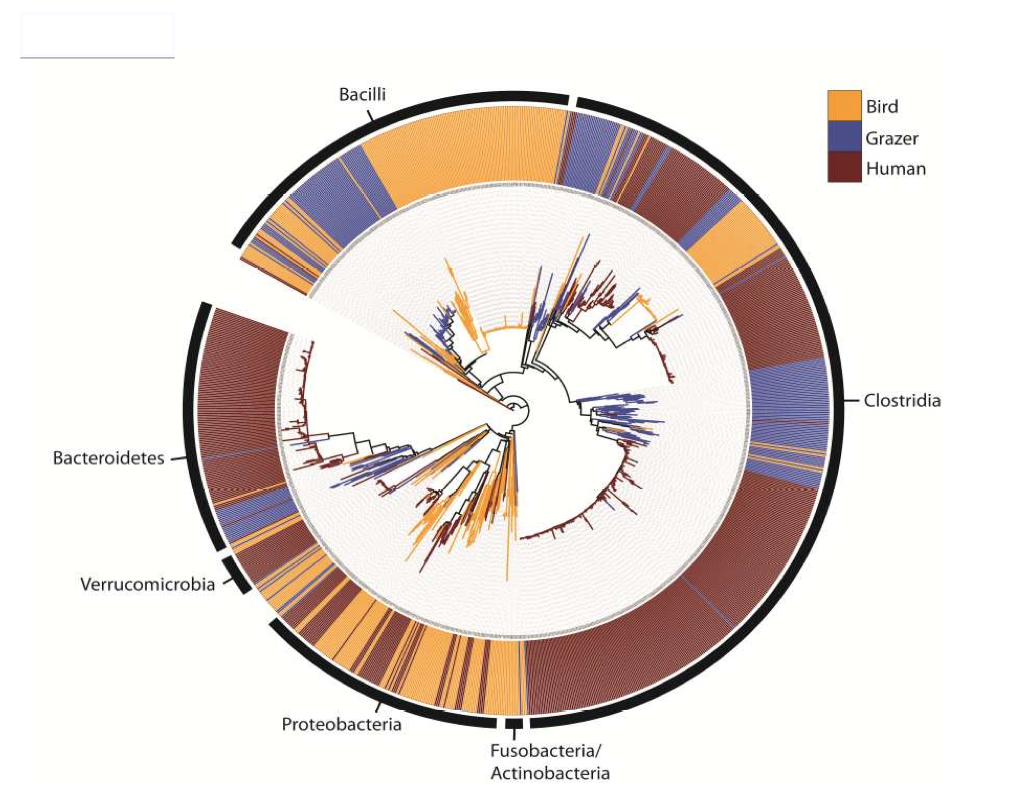Thermopile

Dr. Eric Dubinsky and Jennifer Anders preparing the pile instrumentation before the first pile build.
The Thermopile Project is dedicated to advancing safe, economical and environmentally sustainable solutions to the world’s pressing sanitation, water and climate change challenges. The Thermopile system is designed around the non-water transport of sanitary waste and treatment using decentralized, managed thermophilic composting.
Through careful and controlled combination of sanitary waste with locally available carbon material the Thermopile system creates an ideal environment for thermophilic bacteria which naturally generate temperatures well in excess of that needed to ensure pathogen destruction and with zero heat energy input required. This approach also minimizes water and energy use, avoids groundwater contamination and lowers capital and operating costs.
The Thermopile solution promises a wide range of environment, health and economic benefits, including:
Environmental benefits:

Phylogenetic Tree (photo credit: Dubinsky, E. Application of Phylogenetic Microarray Analysis to Discriminate Sources of Fecal Pollution)
- Reduced Greenhouse Gas (GHG) emissions – reduces water use and related power consumption, while also diverting waste materials from traditional high-emission waste management practices, will offset a substantial percentage of current GHG emissions.
- Reduced impact on the aquatic environment –eliminates direct discharge of nutrients, pharmaceuticals, and endocrine disruptors into the aquatic environment.
- Water conservation- reduces household water demand by 30% for toilet flushing alone and by enabling increased greywater reuse, could reduce total water demand by as much as 60%. In addition, application of compost from the system to rangeland soils increases water-holding capacity by as much as 15%.
- Spill reduction – Removal of the sanitary waste from the overall treatment flow largely eliminates the discharge of partially treated sanitary wastes to the environment during sanitary sewer overflow (SSO) events.
- Nutrient reuse – Application of composted waste material promises a wide range of environmental benefits, including 1) increased carbon sequestration, 2) prevention of further degradation of soil quality and GHG release, 3) reduced need for chemical fertilizers, such as increasingly scare phosphates which are captured in the Thermopile process along with other valuable nutrients, and 4) increase soil water-holding capacity.
Human health benefits:
- Improved health and hygiene – Thermopile research has demonstrated that properly designed systems quickly generate pasteurization temperatures and reliably eliminate harmful pathogens. Their low cost and extremely low energy demand make these systems particularly promising in the developing world, where the need for sanitation systems is great and resources scarce, and in the developed world, where infrastructures are failing and the cost of upgrading aging system is enormous.
- Reduced risk of water born illness – Removal of the sanitary waste from the overall treatment flow largely eliminates the public health risks relating to discharge of untreated treated sanitary wastes during sanitary sewer overflow (SSO) events.
- Reduced impact of hormones and pharmaceuticals –eliminates concentrated, aquatic exposure to hormones and a range of pharmaceuticals more effectively than do centralized treatment systems.
- Reduced groundwater contamination –converts nutrient, such as nitrogen, into a usable form and avoids their accumulation in groundwater systems where they can cause health problems.
Economic benefits:
- Lower capital and operating costs –costs less than 10% of conventional treatment facilities, with zero heavy civil engineering required. Decentralized design avoids importing water for treatment as well as the energy costs associated with exporting waste to conventional treatment facilities.
- Incrementally scalable design –can be expanded as needs require, as opposed to conventional systems that must be planned and financed in advance over the projected life of the system, often 30-40 years.
- Avoids expensive upgrades costs – Non-water transport eliminates costs associated with upgrading conventional facilities to meet increasingly stringently discharge requirements and regulatory changes.
- Flexible –can flexibly be deployed across a range of applications, from retrofit of failing septic systems to neighborhood and district-level distributed waste treatment. The system’s low cost and compact characteristics also make it ideal for disaster response scenarios, such as homelessness following an earthquake, and for low-resource settings in the developing world.
- Converts waste solids into assets – By converting a solids disposal problem into a valuable resource, the system increases forage productivity and offsets the need for feed and artificial fertilizer.
Thermophilic composting will bring effective and affordable sanitation to the developing world while providing an ecologically sustainable alternative to costly and failing centralized treatment infrastructure in the developed areas.

